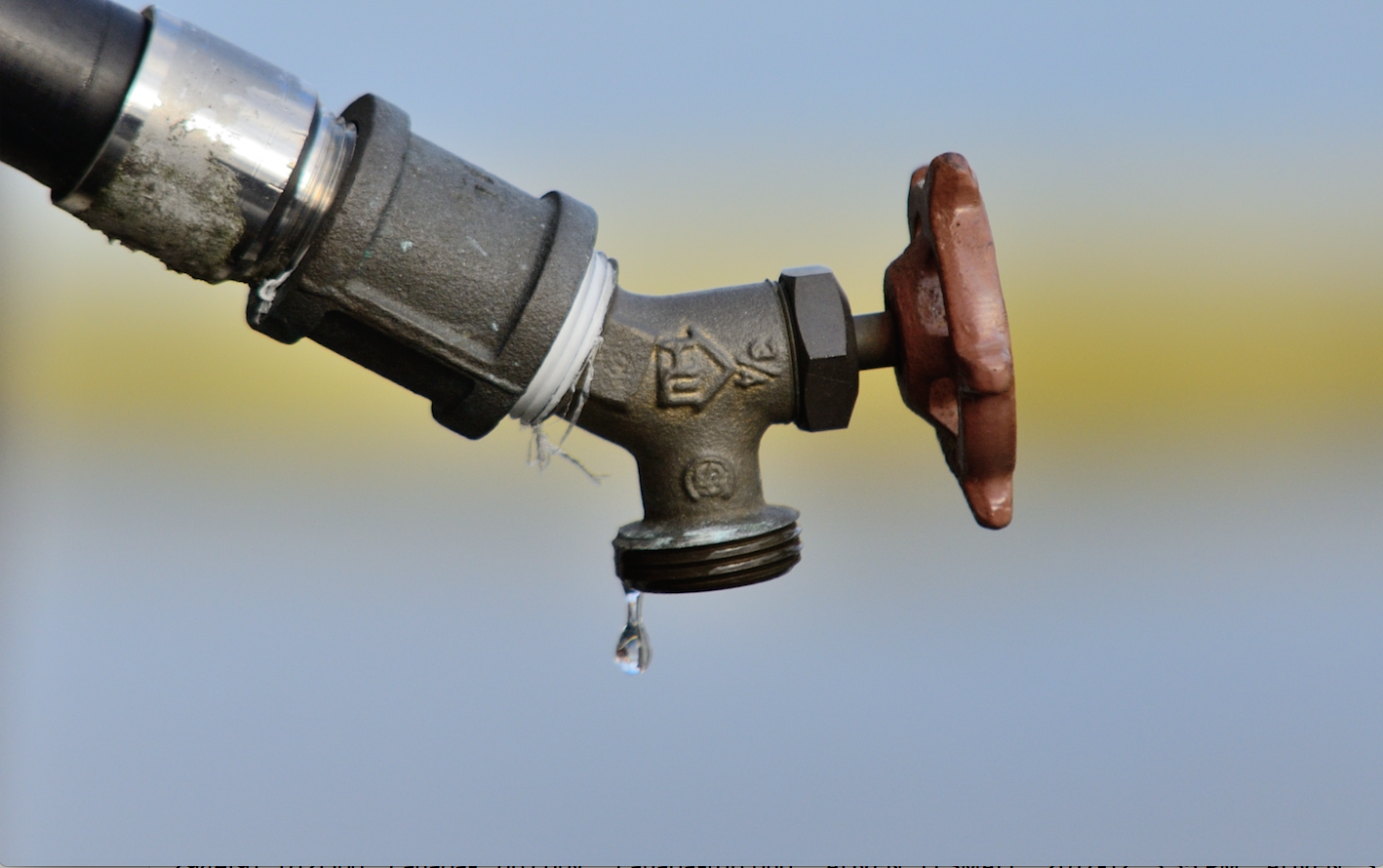Last week, the Parliamentary Budget Officer (PBO) reported that the Trudeau government is falling behind in its promise to provide safe drinking water to all First Nations communities. Somehow, it seems the provision of such a basic service is a nearly impossible task for Canada.
Some Canadians, including CBC Radio’s Michael Enright, are shocked and outraged. They wonder why this rich, G-7 country cannot achieve what should be a simple and easy goal.
There is no simple answer. But one reason might be that it is only recently that the lives and experiences of Indigenous Canadians have attracted any significant and sympathetic attention from Canadians in general.
The media tended to be Indigenous-phobic
This writer remembers well working at CBC network television’s The Journal during the 1980s and facing significant resistance whenever he and a few others proposed Indigenous stories. We did manage to do a small number of such stories, but the powers-that-be were never supportive or enthusiastic. They did not consider the conditions of life of Indigenous Canadians to be big box office. “Indians,” it seems, were not good for ratings, television’s holy grail.
At that time, there was not a single Indigenous person on The Journal’s large, pan-Canadian and worldwide staff, and the situation was pretty much the same throughout the CBC — and Canadian media overall. It is different now. The CBC, for one, has made salutary efforts to hire and foster the careers of a number of high-profile and talented Indigenous broadcasters, although their total numbers are still relatively small. Other major media organizations, such as the Globe and Mail, have not, to all appearances, done as well as the public broadcaster.
Regardless of present day practices, however, the legacy of so many decades of blithe indifference to Indigenous people weighs heavily on our Canadian psyche.
Consider, for instance, how Canadian governments chose, historically, to provide infrastructure to remote and Indigenous communities. Such decisions were based on a simple principle. If there were white people in the community, the authorities would make sure they had water that flowed from taps and toilets that flushed, no matter the cost. The “local people” could make do with water delivered by truck or fetched from a pump and sewage disposed in honey buckets.
In the 1970s, my wife and I taught at Chief Julius School in Tetlit Zheh, then known as Fort McPherson, a Gwich’in First Nation community on the lower Peel River north of the Arctic Circle in the Northwest Territories. Because there is only a thin layer of soil over the permafrost in the far north, both water and human waste must be transported through heated above-ground corridors called utilidors. In Fort McPherson, or nearby Inuvik, or similar arctic communities, you could easily tell where the white people lived by following the path of the utilidor. It was the visible link of privilege, snaking its way through northern communities.
Not long after that experience, while doing some filming at the federal department of Indian and Northern Affairs (as it was then called), I put the question to an official. Why, I asked, could the government afford water and sewage services for transient and temporary white professionals but not for the local people?
He did not pause before answering. “The natives would not know how to flush toilets if they had them,” he blurted, dismissively, and then doubled down: “That is not how those people live.” There were centuries of condescension and contempt — yoked to a deep sense of white entitlement — in that answer.
A strategic leak undermined Theresa Spence’s hunger strike
Attitudes have undergone a transformation over the past three-and-a-half decades. And the current government certainly talks the talk, even if it sometimes has trouble with the walk. Still, it is worth bearing in mind that the Harper government, which only lost power two years ago, had a rather different and less benign approach to Indigenous Canada.
Stephen Harper did apologize for the residential school system. And he did set up the Truth and Reconciliation Commission. He deserves full credit for that. Overall, however, Harper and his colleagues were less focused on the ways in which Canada has failed Indigenous peoples and more on the notional fiscal incompetence and corruption of First Nations leadership.
A case in point: In late 2012, when Chief Theresa Spence of Attawapiskat in northern Ontario went on a hunger strike to protest sub-standard conditions in her community, Harper government officials strategically leaked a damning report by the accounting firm Deloitte and Touche on her band’s finances.
Almost the entire report focused on expenditures that had occurred before Spence had become chief. And by 2012 the auditor general (AG) had frequently and eloquently instructed governments as to the real source of financial mismanagement on reserves. It was, the AG explained in a series of damning reports, the severely flawed neo-colonial funding system, not First Nations’ malfeasance.
Nonetheless, the Deloitte and Touche leak had its desired effect. When Spence appeared in public to talk to the national media, reporters aggressively shouted “where is the money” and other less pleasant things. The story of real life conditions in a northern community — of the sort almost no mainstream Canadians, including journalists, have ever visited — disappeared. It was replaced overnight by a misleading tale of petty corruption.
That all happened a mere four years ago. We were not wringing our hands over the lack of drinking water for First Nations then. Instead, abetted by the media and our government, we were busy demonizing and demeaning First Nations people and their leaders.
Maybe that is at least part of the reason why more than 100 First Nations communities are still waiting for safe water.
Like this article? rabble is reader-supported journalism.





